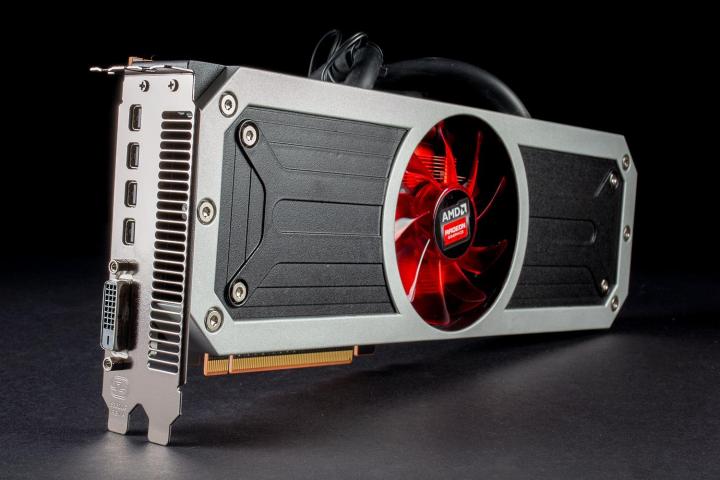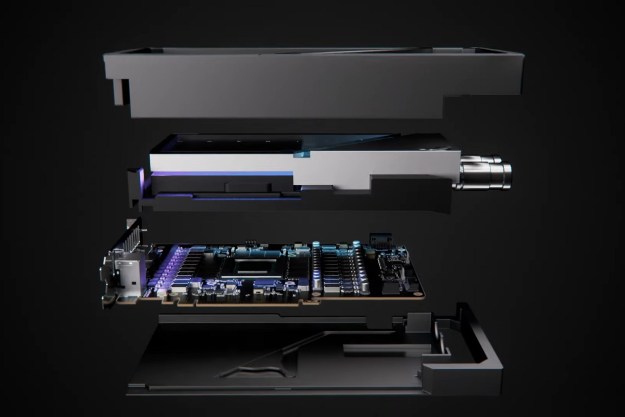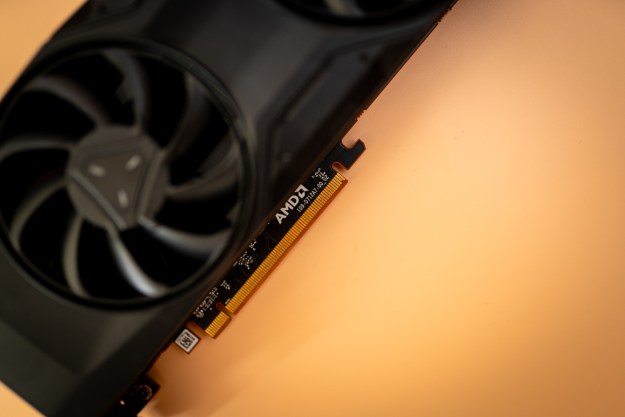
Face it: if your graphics card is aged and on its last legs, there’s not much you can do to keep Battlefield 4 from looking more like a slide-show and less like a modern shooter. That’s okay though, everyone needs to upgrade sometime.
Don’t fret though. We’ve got you covered with this basic rundown of some of the best graphics cards you can get today, regardless of what your budget may be. Generally, it’s best to match the quality of your system with the quality of your card. Otherwise, you risk leaving yourself with performance bottlenecks.
Budget Cards
There are a few graphics cards you can get your hands on that’ll add a significant amount of pep to your system’s step without breaking the bank. This is especially the case if you’re currently running integrated graphics, or using a budget card that’s several years old.
For example, the Nvidia GeForce GTX 650 is available for around $100, and for a few extra bucks, you can get one with 2 GB of RAM. The AMD Radeon R7 250X is another card you can grab for about $100 that offers plenty of value for the price as well. Read our full review to see what happened when we stacked the GTX 650 and the R7 250X up against one another.
However, for about $50 more, the Nvidia GeForce GTX 750 Ti will add an even bigger boost to any budget-minded system, and is very power efficient as well. With a base clock speed of 1,020 MHz, and 2 GB of RAM, Nvidia says that even systems with 300 watt power supplies can accommodate the 750 Ti. You can read more about why we think the 750 Ti is such a strong choice for PC builders on a budget here.
Mid-Range Cards
These cards push a little bit harder than the more budget-friendly cards, but they’ll allow you to run a lot of games in 1080p with higher settings enabled.
The Nvidia Geforce GTX 770 is an impressive mid-range offering from Nvidia, and has been repackaged into a number of attractive cards by almost every major card brand. EVGA’s version boasts a base clock of 1,111 MHz, 2GB of RAM, and is a solid card all around.
This AMD Radeon R9 290 features 4 GB of RAM, an engine that’s clocked at just over 1,000 MHz (1,007 MHz to be exact), and a total of four video ports (two dual-like DVI, HDMI and DisplayPost). You can snag it for just under $450 as of this writing.
High-End Cards
The cards in this price range are some of the best ones available on the market right now, but you’ll have to shell out quite a bit of dough to snag them. However, they’ll allow you to crank up all the visual settings while maintaining high frame rates.
The Nvidia GeForce GTX 780 Ti is an absolute beast. Its 3 GB of dedicated VRAM and 980 MHz base clock will handle most PC games with many of the visual settings cranked to the max, if not all of them.
If your budget is limitless and you want a dual GPU setup, you might want to check out the AMD Radeon R9 295X2. This massive card packs 8 GB of RAM, and both of its GPUs break the 1 GHz mark. It also has built-in liquid cooling, but requires tons of juice in order to power it. We popped this card into one of our systems to see how well it would perform in the real world. Feel free to read our full review to see how much of a graphics-chewing monster it really is.
Workstation-Grade Cards
Workstation-class graphics cards are designed for tasks like rendering 3D models, editing HD photos and videos, and similarly demanding tasks.
The Nvidia Titan Black is the latest in a series of graphics cards suited for these kinds of duties, and though they’re still generally available for consumers, they may be a little hard to find. The Nvidia Quadro, a series of specialized cards catered towards creative professionals, is specifically made for workstation PCs. The highest end model, dubbed the Quadro K6000, packs 12GB of RAM. That’s even more than what’s found in the Radeon R9 295×2. However, it also costs a lot more; around $4,500 when we checked on Google.
Other Considerations
As we alluded to before, it’s important to remember that all of the components in your PC need to be balanced with each other. This way, you can prevent one weak component from slowing down everything else. A $1,000 graphics card won’t make any difference in a system with an Intel Celeron processor.
Keeping track of deal sites like ours can save you a bunch on a new card. These kinds of savings can represent a large chunk of your budget, and could allow you to get an even better card, or to put some of your money towards upgrades for other parts of your system.
Here’s one suggestion we have that could save you a decent bit of cash down the line. If you were to go with a mid-range card, and your motherboard has enough room for two graphics cards, buy one now. That way, when you want to upgrade down the line, all you have to do is get a matching card instead of a brand new one. This way, you get a performance boost, while also likely spending significantly less than you would by shelling out for a brand new graphics card.
Got any other graphics card buying tips or suggestions? Let us know in the comments below.
Editors' Recommendations
- Nvidia RTX 50-series graphics cards: news, release date, price, and more
- Everything you need to know about buying a GPU in 2024
- Why you shouldn’t buy the best GPU of last year
- These are the best graphics cards to use in an external GPU enclosure
- Newegg wants your old GPU — here’s how much you could get



